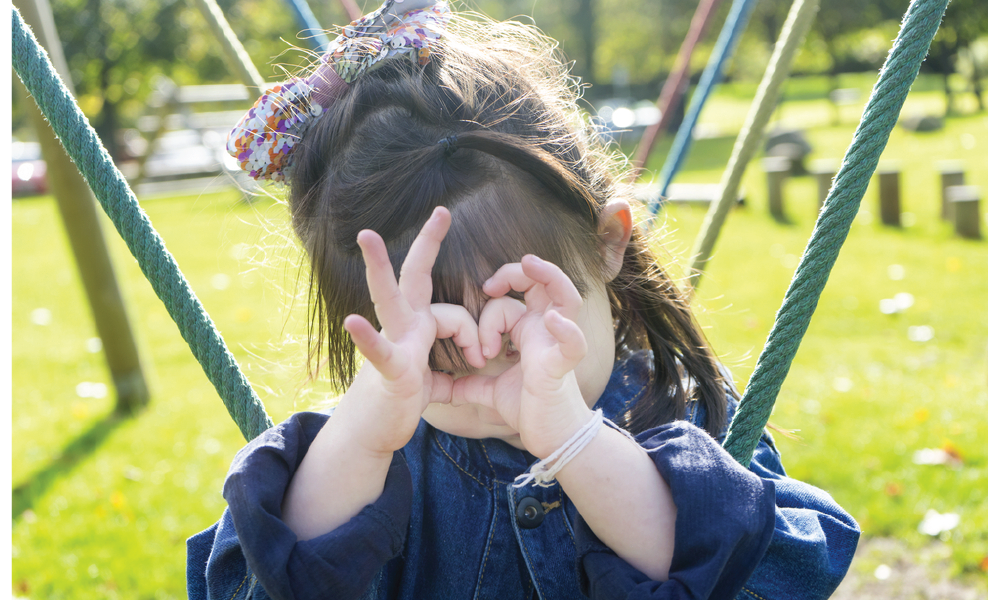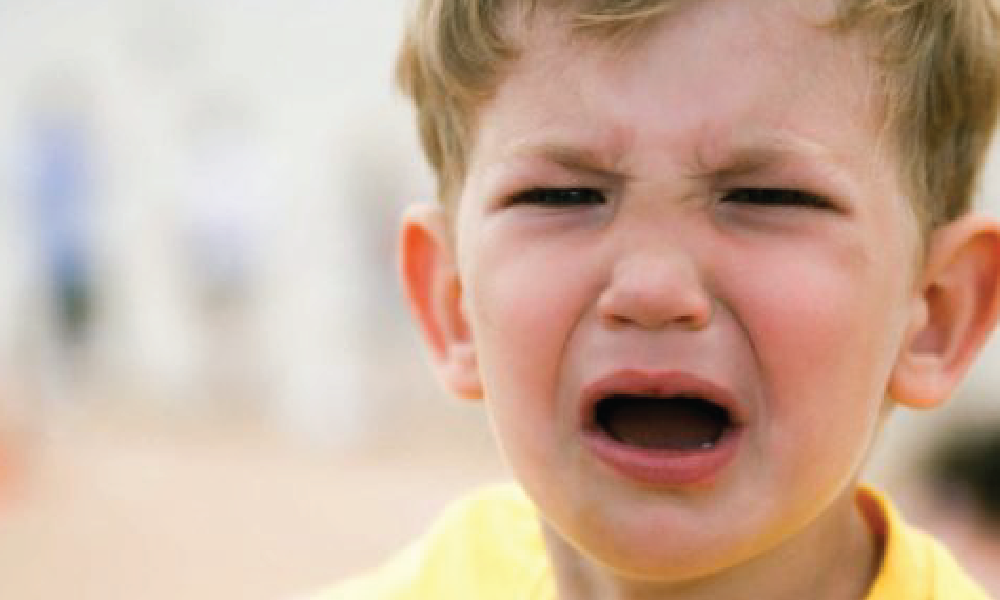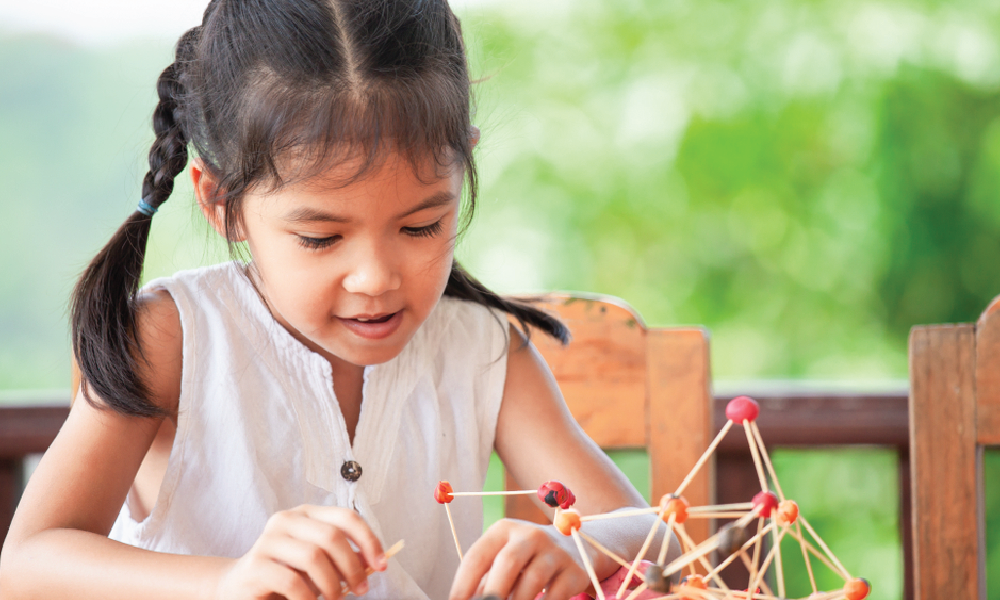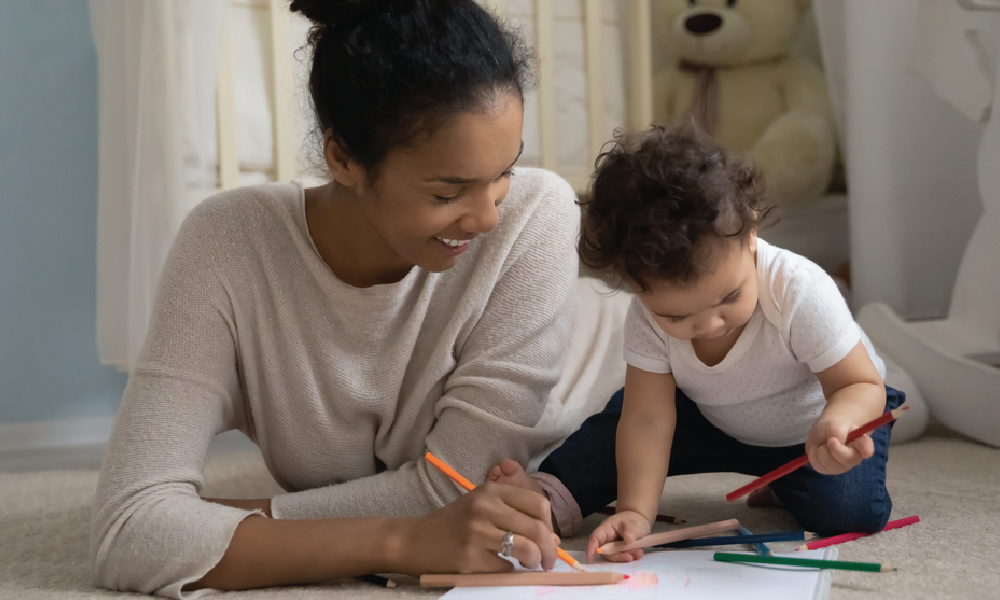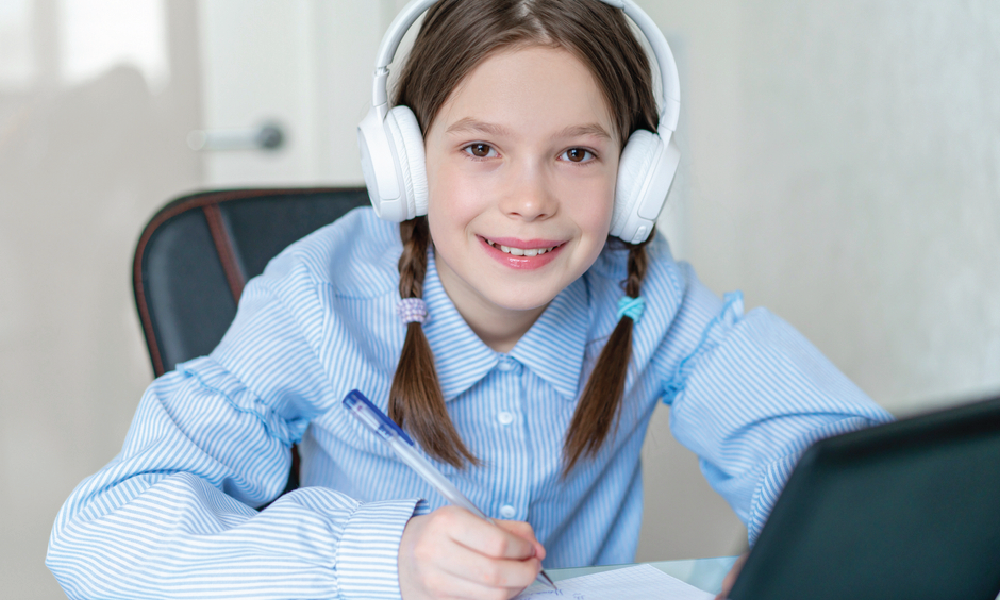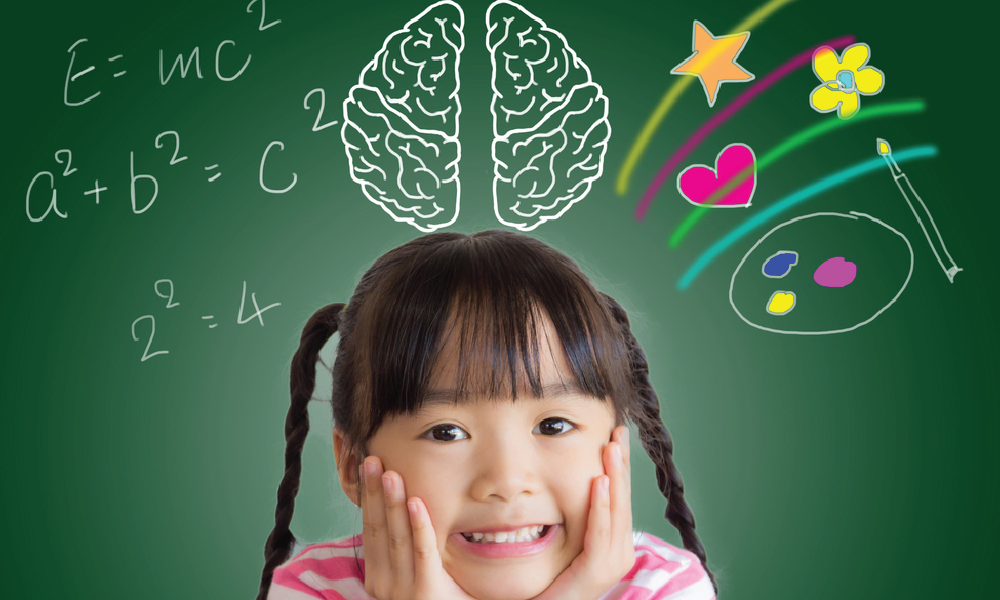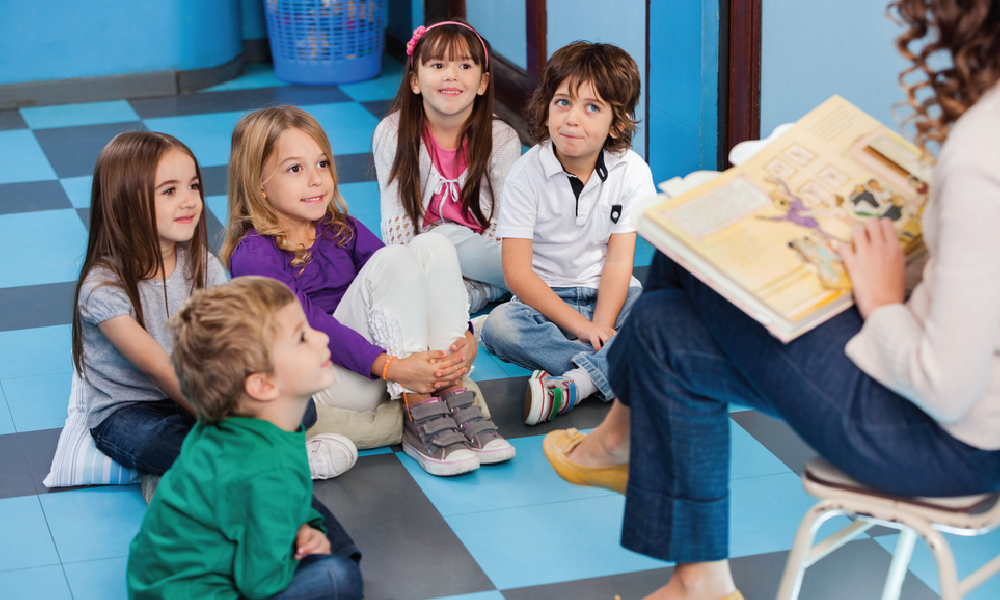Sign Language for Babies New Parents often struggle with trying to understand what the baby needs when they are crying.
How To Handle A Toddler’s Temper Tantrum The Right Way? How many times have we as parents seen temper tantrums
10 Ways to Keep Your Child Motivated Have you ever wondered what keeps you motivated? As parents, we often wonder
25 Sensory Activities & Ideas For Kids & Toddlers Playing and learning don’t have to be different. Include sensory activities
Effective Parenting Tips for Infants & Toddlers New parenthood can be a very fulfilling journey that is full of smiles
Benefits of Virtual Learning Environment for Kids at Home The year 2020 has been nothing short of a challenge for
Tips to Build Confidence in Kids In today’s fast-moving world, we are increasingly seeing the changes in our social, academic
6 Tips To Train A Kid’s Right Brain All children are born genius! Aren’t they? Since a child’s brain is
6 Practical Benefits Of Reading Bedtime Stories To Kids Reading bedtime stories to your little ones helps them connect with
Top 10 Games & Activities To Develop Listening Skills In Kids If you’re looking for some simple yet effective ways

